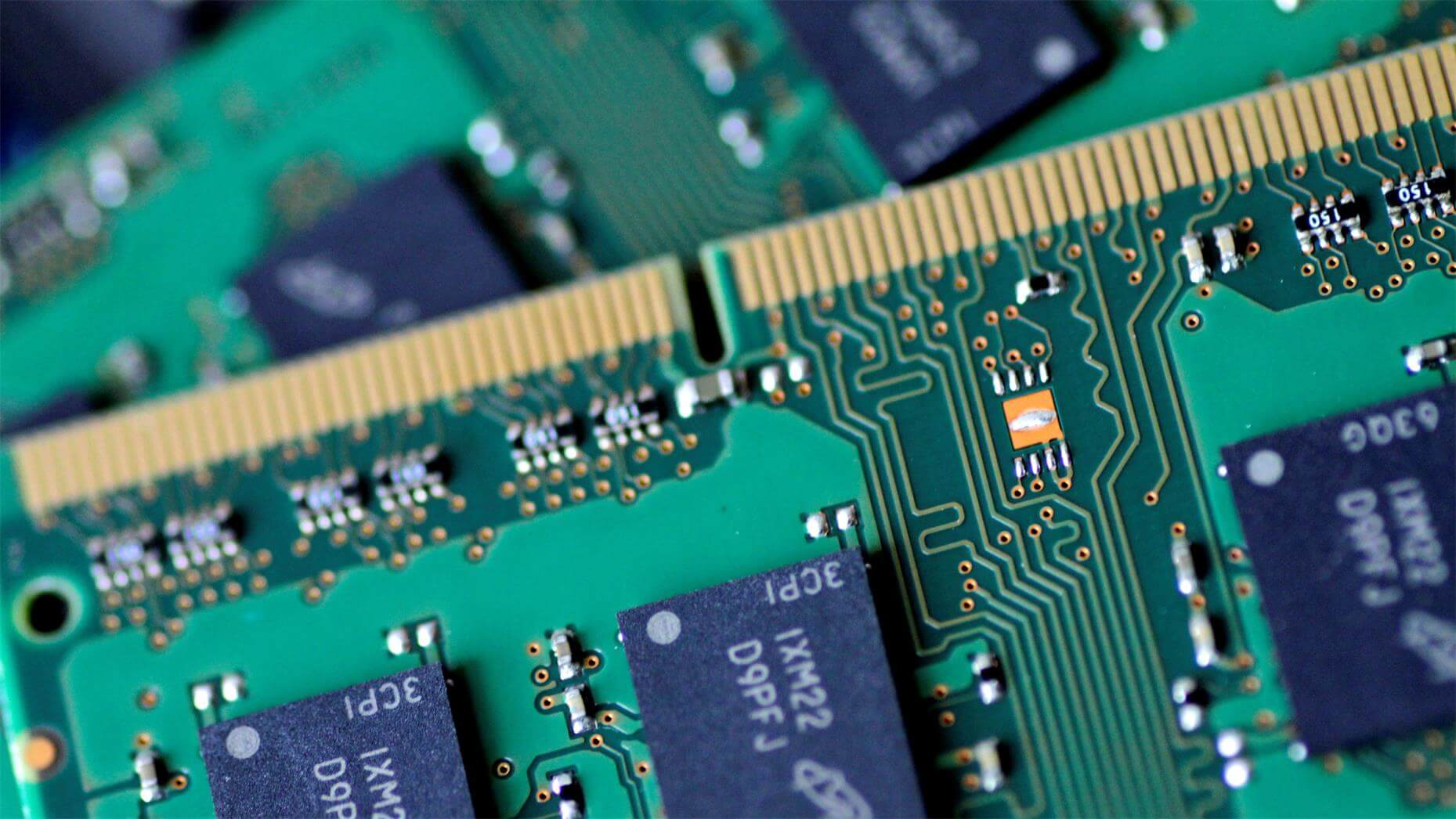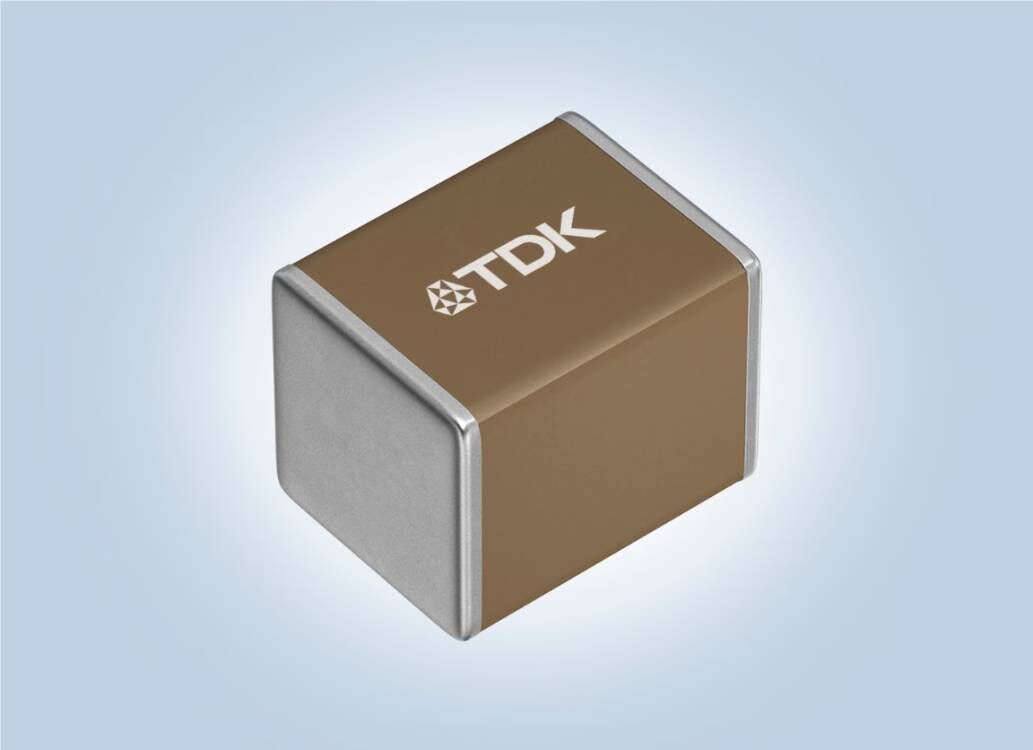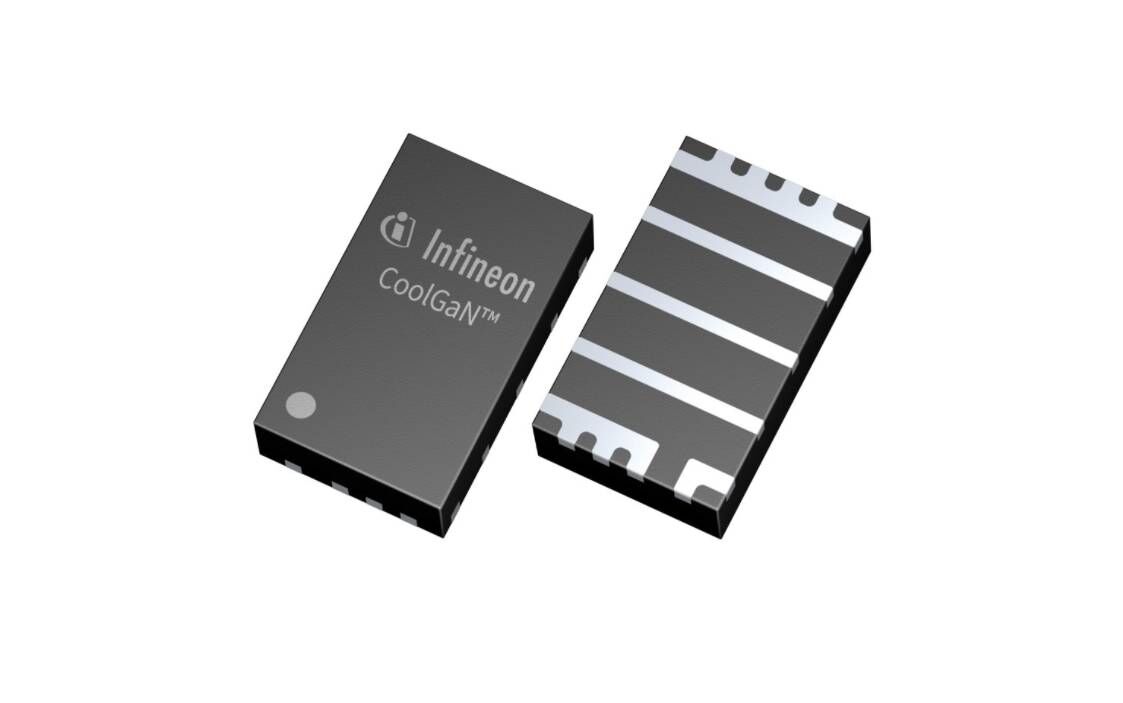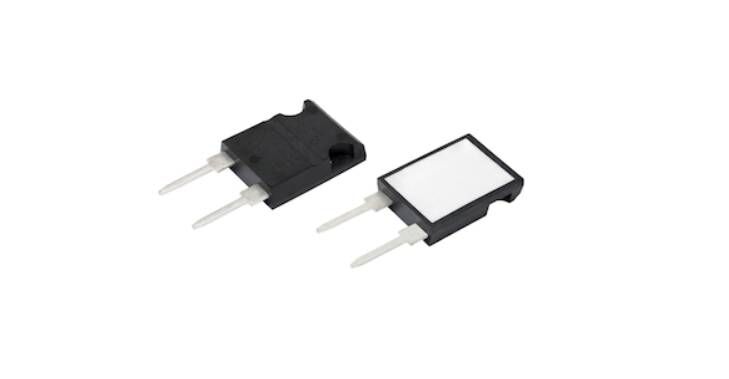April 17, 2025 /SemiMedia/ — Texas Instruments (TI) has introduced a new lineup of automotive lidar, clock, and radar semiconductors aimed at enhancing the precision and scalability of advanced driver assistance systems (ADAS) across a broader range of vehicles.
The LMH13000, the industry’s first integrated high-speed lidar laser driver, delivers an 800-ps rise time—enabling up to 30% longer distance measurements versus discrete solutions. It supports LVDS, CMOS, and TTL interfaces and eliminates the need for bulky external components, helping reduce system size by four times and cutting costs by around 30%. With up to 5A adjustable output current and only 2% variation over a -40°C to 125°C range, the LMH13000 meets U.S. FDA Class 1 eye safety standards.
For precise timing, TI launched three automotive-grade BAW-based clocking devices—the CDC6C-Q1 oscillator, and the LMK3H0102-Q1 and LMK3C0105-Q1 clock generators—offering 100 times greater reliability than quartz-based designs (FIT rate of 0.3). These clocks improve signal stability under harsh automotive conditions, supporting high-speed data communication across critical vehicle subsystems.
TI also introduced the AWR2944P, a front and corner radar sensor that builds on its AWR2944 platform. Key enhancements include improved signal-to-noise ratio, expanded memory, greater processing power, and a built-in radar hardware accelerator to support edge AI applications. These upgrades enable better object detection, angular resolution, and radar algorithm flexibility.
The company says its new semiconductor portfolio supports the growing complexity of ADAS and helps automakers accelerate toward safer, more autonomous driving experiences. Preproduction samples are now available on TI.com, with additional versions expected in 2026.
Preproduction quantities of the LMH13000, CDC6C-Q1, LMK3H0102-Q1, LMK3C0105-Q1 and AWR2944P are available for purchase now on TI.com. Other output current options and an automotive-qualified version of the LMH13000 are expected to be available in 2026.












All Comments (0)